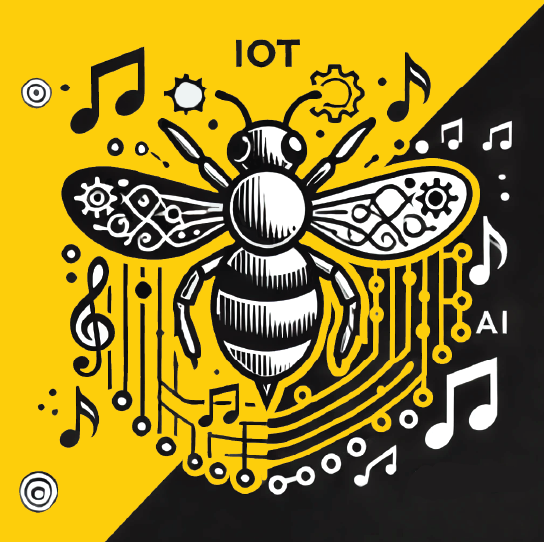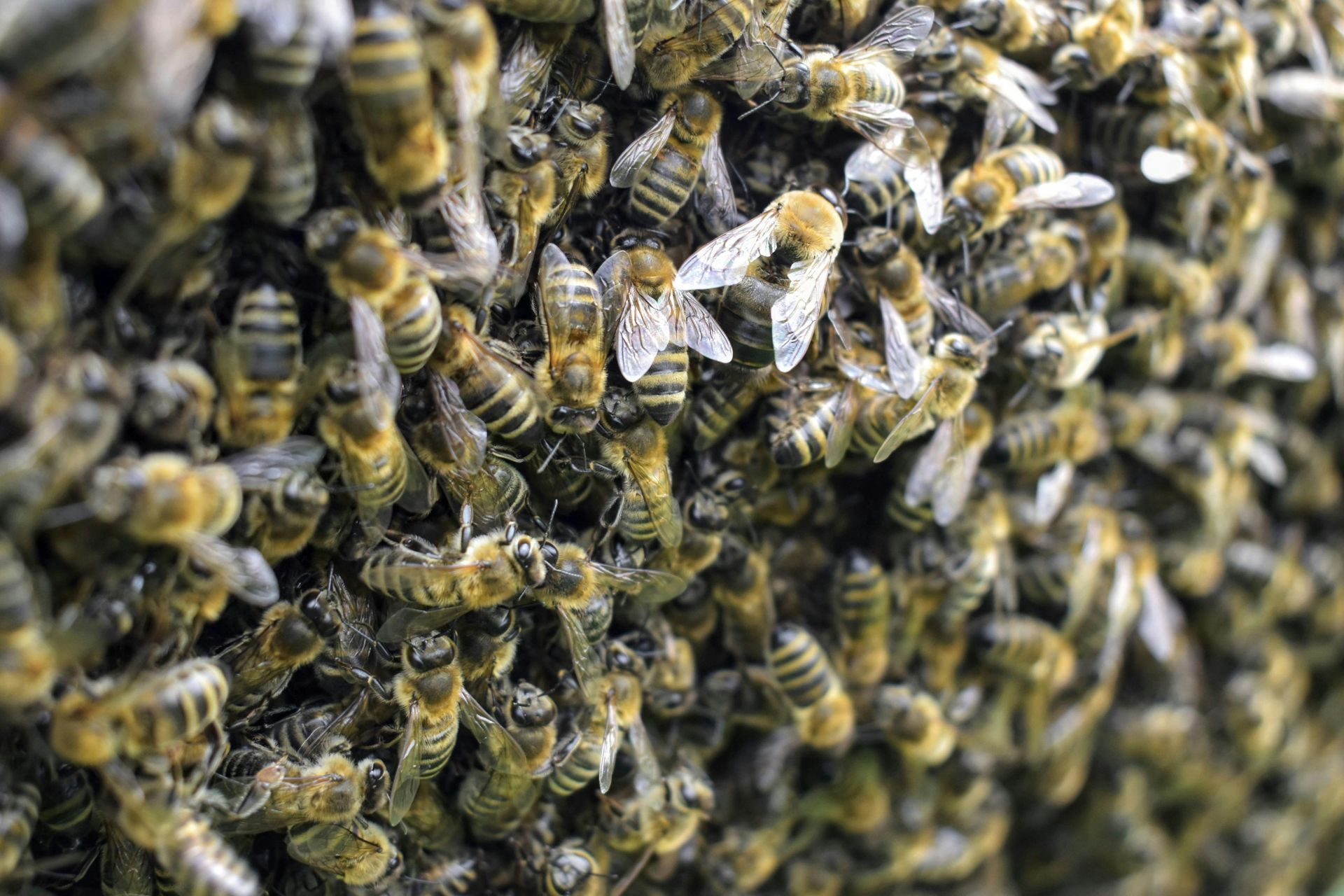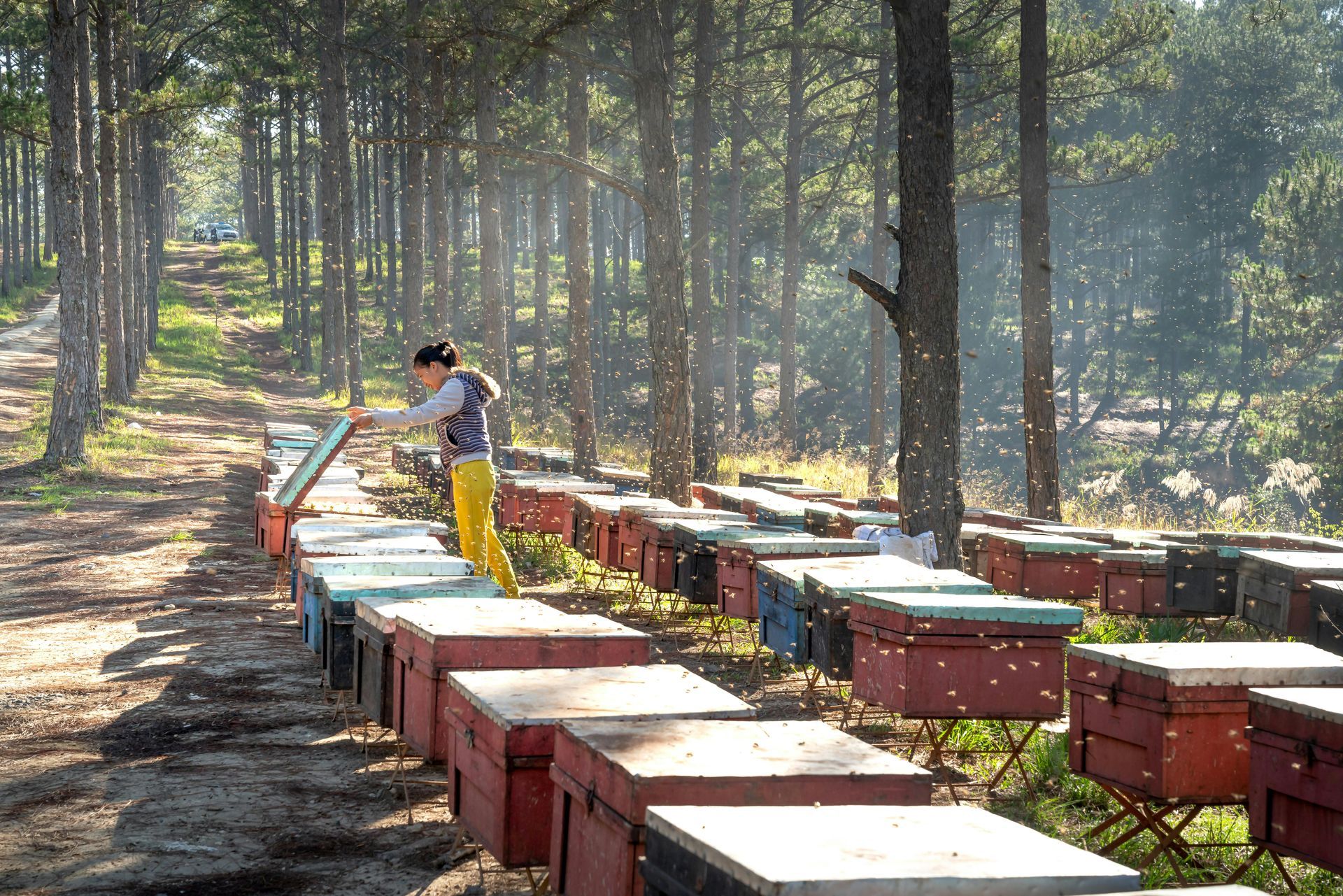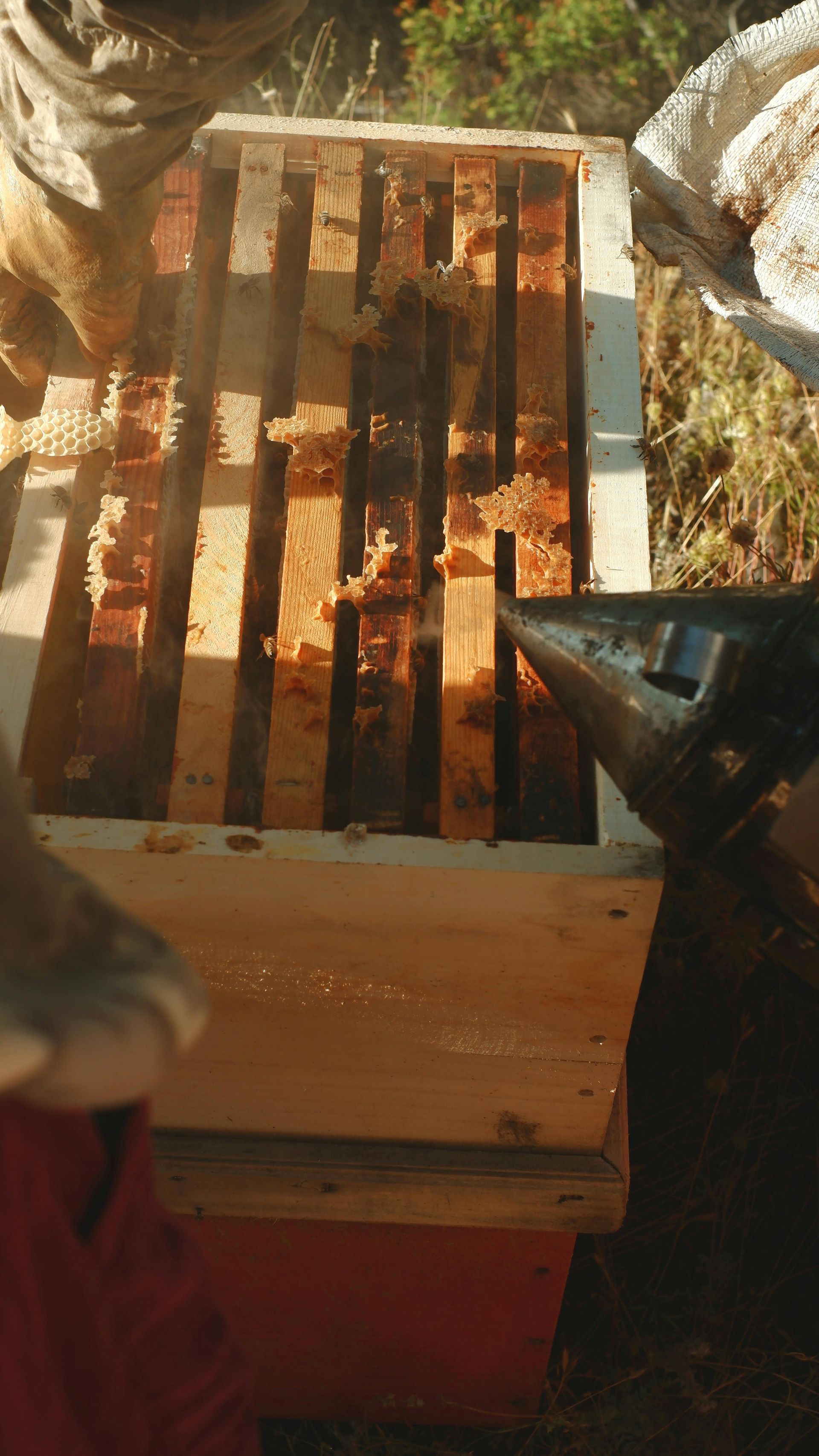Beekeeping
Beekeeping is as much art as science—a practice of observation, adaptation, and partnership with one of nature's most remarkable creatures. For thousands of years, humans have kept bees for honey, wax, and pollination services, refining techniques to support colony health better while meeting human needs. Today's beekeepers range from backyard hobbyists with a single hive to commercial operations managing thousands of colonies, pollinating crops across continents. Commercial operations include those for honey production and migratory hives, such as colonies physically transported to agricultural regions specifically to pollinate crops including California’s almond orchards.
The relationship between bees and humans has evolved over millennia. Ancient Egyptians kept bees in clay pots along the Nile, while Europeans used straw skeps. Modern beekeeping practices largely emerged with Pastor Lorenzo Langstroth's 1852 discovery of "bee space"—the precise gap bees leave open rather than filling with
propolis or (“honey”)comb. This revolutionized how we manage and observe colonies.
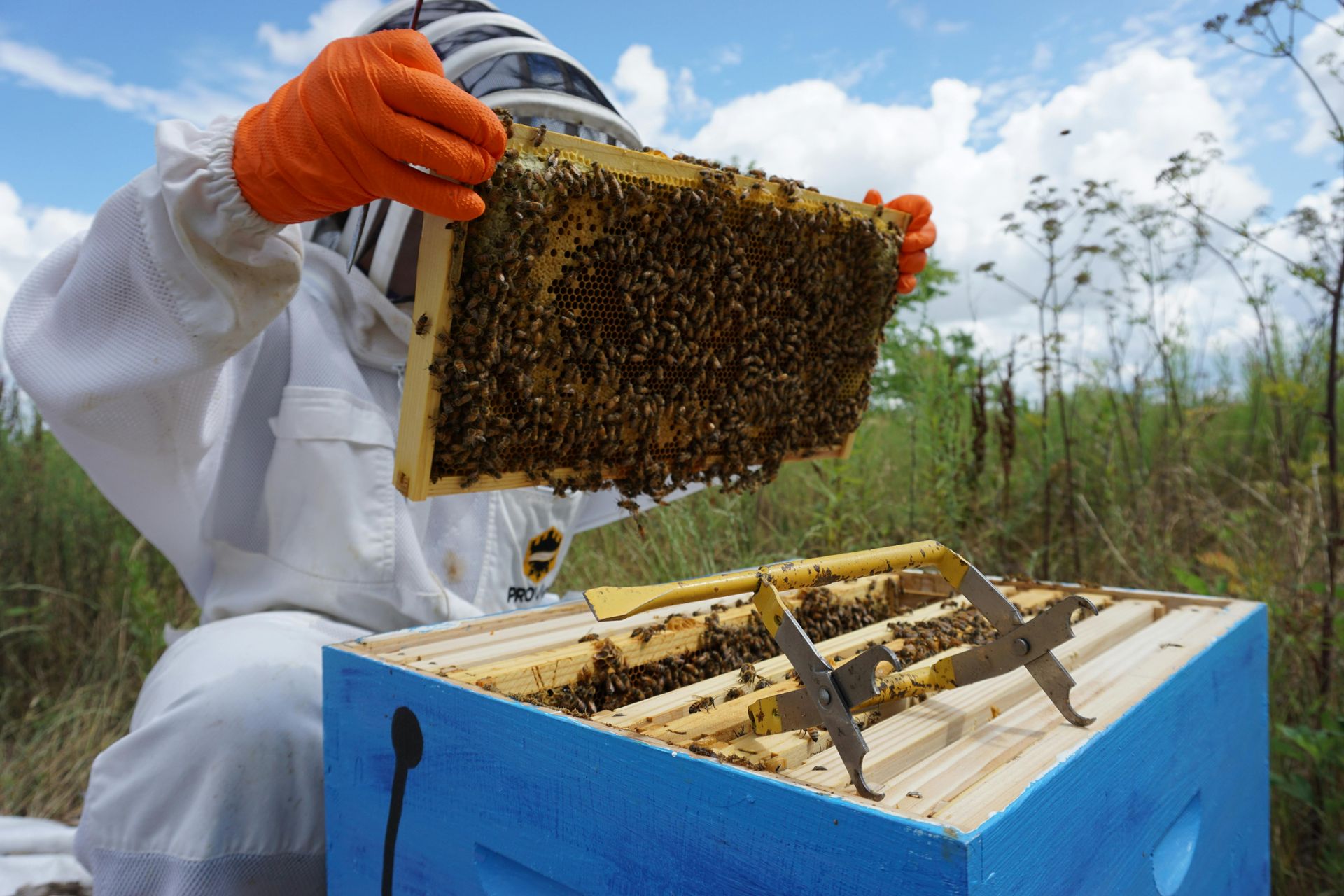
The Langstroth Hive
The modern beekeeping revolution began with Langstroth's movable-frame hive design, which is now standard throughout much of the world. This system consists of stacked boxes (called “supers”) containing removable frames where bees build comb. The careful spacing between components—the "bee space"—prevent bees from gluing parts together, allowing beekeepers to inspect, manage, and harvest without destroying the colony's architecture. The Langstroth design's true innovation enabled regular inspection without damaging the hive structure. This created the foundation for modern hive management, from disease detection to honey harvesting, while respecting the bees' natural building tendencies.
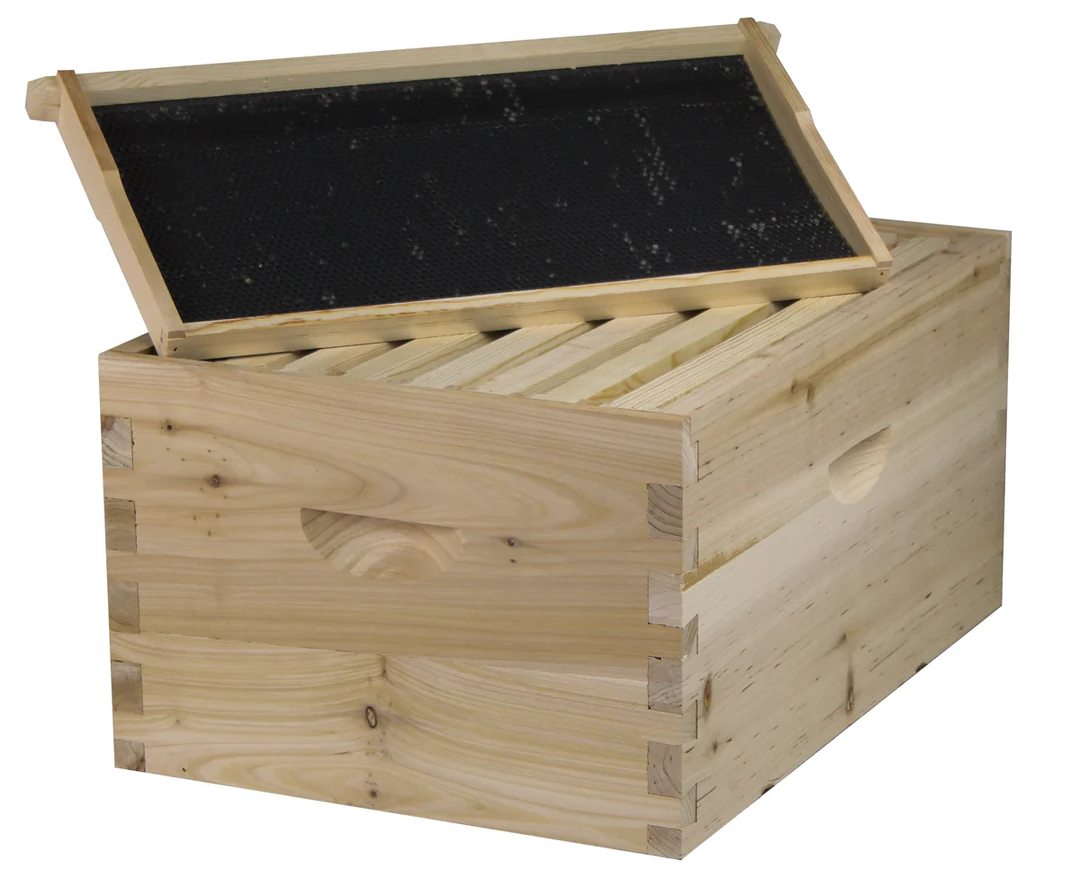

Hive Inspections: The Essential Practice
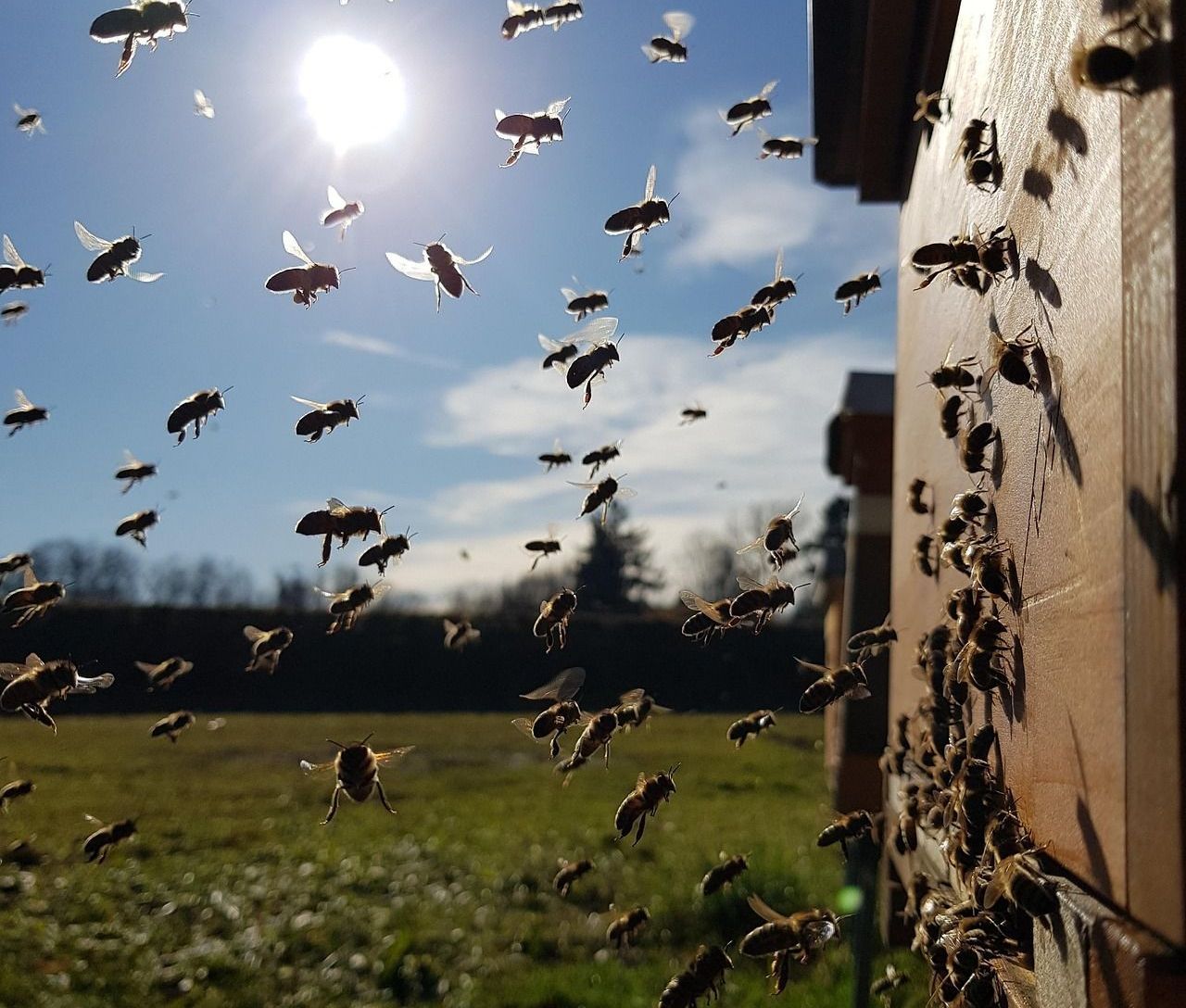
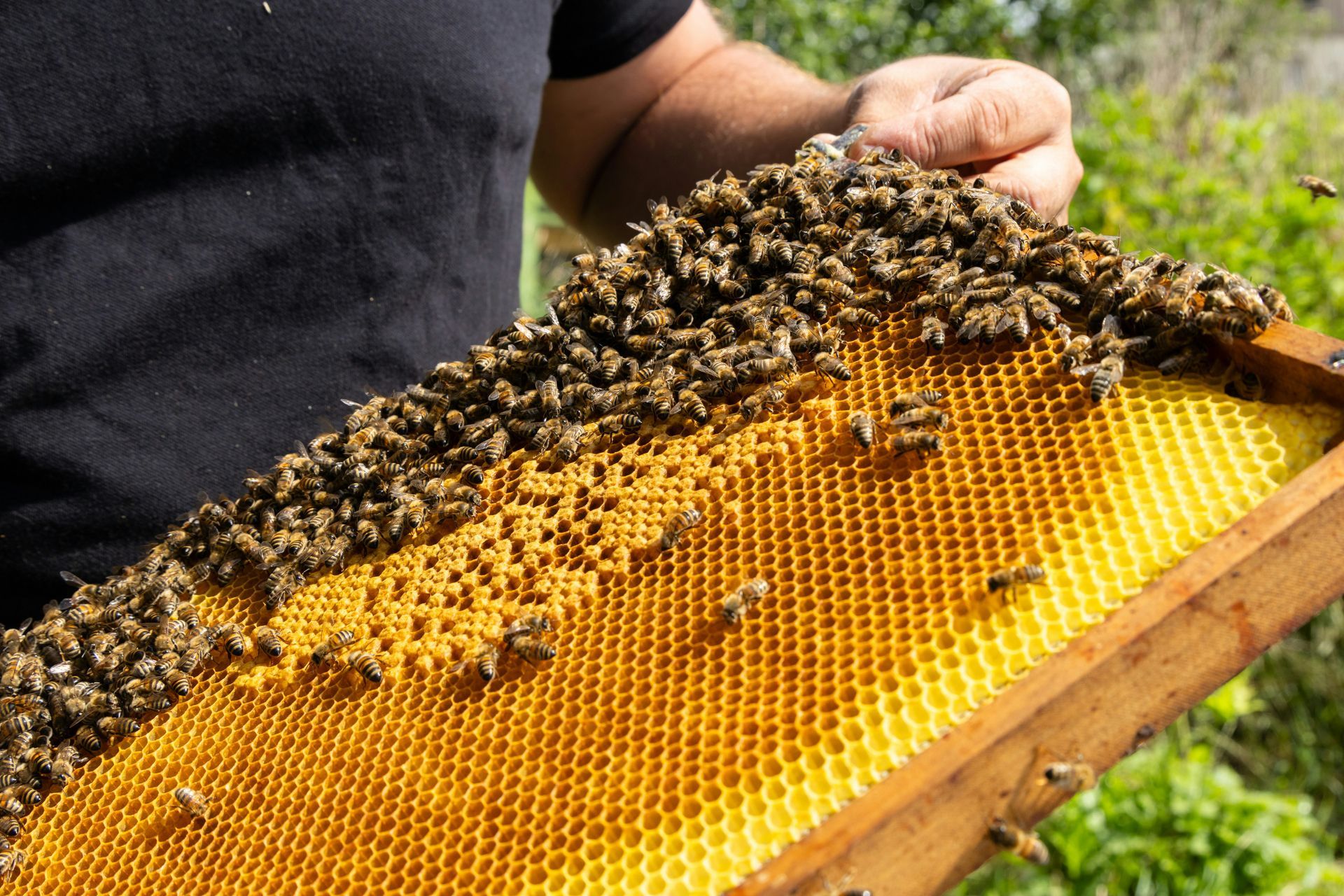

Regular hive inspection is the cornerstone of responsible beekeeping—the practice of observing colony health, productivity, and potential problems. During these inspections, beekeepers assess:
- Queen presence and performance through egg-laying patterns
- Brood health, including signs of disease or parasites
- Colony population and growth
- Food stores (honey and pollen)
- Signs of swarming preparation or stress
- Space needs for expansion or contraction
Beekeepers typically wear protective gear when inspecting their colonies. They use smoke to calm the colony and methodically examine frames in the hive. The beekeeper removes frames one by one, studying the comb for eggs, larvae, capped brood, honey stores, and any signs of disease or pest presence. Experienced beekeepers develop the skill to assess overall colony health through these visual inspections. Inspection frequency varies seasonally—weekly during spring buildup, biweekly during summer, and monthly or less during fall and winter when colonies are less active. Seasonal timing dictates inspection frequency, with weekly checks often needed during spring build-up and less frequent visits during winter dormancy.
The physical disruption of inspections creates several significant problems for colonies and beekeepers alike. Temperature drops during inspection can chill brood, potentially causing developmental issues. Queens may be inadvertently injured or killed during frame manipulation—a catastrophic outcome that may not be immediately apparent. Weather constraints further complicate inspection timing: conditions too cold (below 55°F/13°C), too windy, or rainy make inspections impractical or harmful. During nectar flows, opening hives can trigger robbing behavior as the scent of honey attracts neighboring colonies. These limitations mean beekeepers often face extended periods where they cannot safely assess colony status, creating dangerous information gaps.
This paradox highlights the value of non-invasive monitoring technologies that can provide critical information without physical disruption. Systems that detect acoustic signatures, weight changes, temperature fluctuations, and other subtle indicators allow beekeepers to reserve physical inspections for when they're truly necessary, minimizing stress while maximizing information.
Beekeeping Interventions
When inspections reveal problems, beekeepers have developed numerous interventions to support colony health:
- Feeding sugar syrup or pollen substitutes during dearth periods - This provides emergency nutrition when natural nectar and pollen sources are scarce, preventing starvation and supporting brood rearing during critical times.
- Treating for Varroa mites and other parasites using chemical, mechanical, or biological methods - These treatments control parasitic mites that vector viruses and weaken bees' immune systems, using approaches from organic acids to screened bottom boards that interrupt the mites' reproductive cycle.
- Requeening when queen performance declines - Replacing an aging, injured, or poorly performing queen with a younger, more productive one ensures strong egg-laying patterns and maintains genetic vigor in the colony.
- Adding or removing space to accommodate population changes - Providing additional supers during population growth prevents overcrowding and swarming, while consolidating space during dearth or winter helps bees maintain optimal hive temperature.
- Splitting strong colonies to reduce swarming - Creating new colonies from strong ones redirects the bees' reproductive impulse, preventing the loss of workforce while expanding the beekeeper's operation.
- Combining weak colonies for winter survival - Merging colonies with insufficient populations creates stronger units with better temperature regulation and resource-sharing capabilities for surviving winter challenges.
The timing and selection of these interventions often determine their effectiveness. A treatment applied too late may fail to prevent colony loss, while unnecessary interventions waste resources and can harm colony resilience. Traditional approaches rely heavily on the beekeeper's experience and judgment, often with limited real-time data to guide decisions.
This reliance on periodic visual inspection creates inevitable blind spots between visits. Stress factors, disease progression, and critical changes can develop rapidly, especially during extreme weather or seasonal transitions. These blind spots represent a fundamental limitation in current beekeeping practices—one that emerging technologies aim to address.


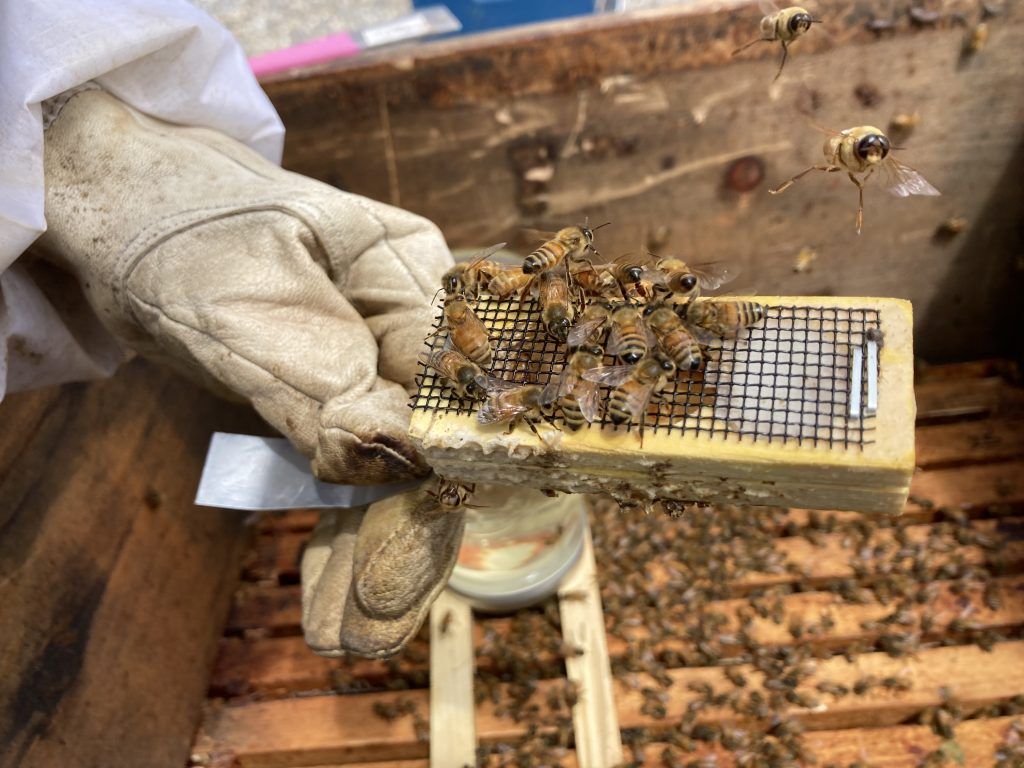
The Future of Beekeeping
As environmental pressures on honey bees increase, beekeeping continues to evolve. New monitoring technologies offer the possibility of continuous, non-invasive observation that complements rather than replaces the beekeeper's expertise, creating a bridge between traditional wisdom and data-driven insight. Ocellus Solutions intends to be a leader in this area of bee care.
